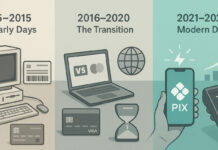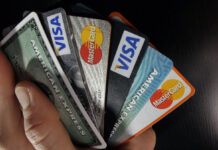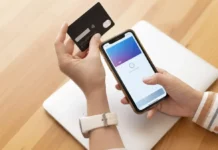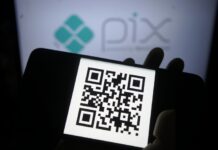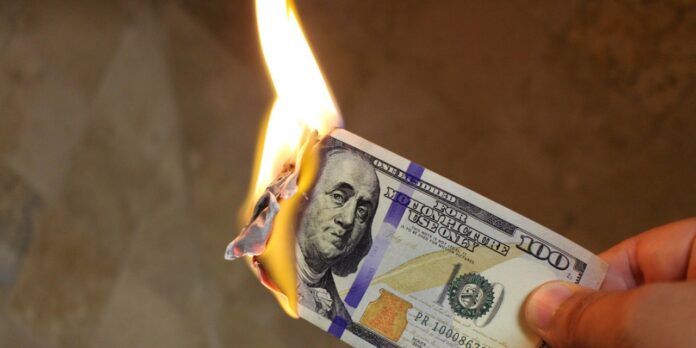Whether you are a merchant who has received his first chargeback or a consumer curious about how chargebacks work, it is important to understand the purpose, history and impact that chargebacks make on those involved in the process.
Not recognizing the merchant’s name in the card statement
It is important to understand how you PSP will display your online business’ name on the card holder’s statement. Most PSPs group all merchants under a general MID (Merchant Identification Number). This means that if your ecommerce business sells kid’s toys, the description that will show on the CC holder’s statement will be the same as an online gambling website. To avoid this, make sure to ask in advance if you will have a unique MID for your business, or if you will be sharing a MID, make sure that your business name shows in the descriptor.
Commercial disagreement
In this type of chargeback, the merchant is fully responsible, and somehow did not comply with any information directed to the buyer as follows:
- Item not received: the merchant somehow ended up not delivering or meeting the deadline for delivery
- Item not delivered as seen online: the merchandise purchased was not in line with what the buyer expected (functionality or appearance), or arrived defective
This kind of chargeback can be reduced by having an open line of communication with your buyer. Merchants who are easily reachable via whatsapp, chat on the website or even email, tend to have a much lower chargeback rate for this type of situation. Once the buyer and the merchant enter an agreement, the transaction can simply be refunded, and the product shipped back.
“Self Fraud”
This happens when the buyer acts in bad faith, and calls the issuing bank to cancel the purchase. In addition to keeping the product, the buyer will have the amount refunded to their credit card.
Fraud (deliberate)
Misuse of data and cards from non-shoppers, i.e. unauthorized third parties. It can be done through card cloning, social engineering, data theft, etc.
How to avoid all kinds of chargeback?
The answer is this lovely sounding mix of numbers and letters, 3DS2 or 3DS 2.0 or 3D Secure 2.0.
3D Secure 2.0 is a new part of the payment flow which allows banks to analyze whether a transaction is fraudulent. This solution replaces the 3DS1, which redirected the shopper to the bank’s webpage during the checkout process, and in many cases, decreased the conversion rate.
3D Secure 2.0 eliminates the redirecting of the shopper to their bank’s webpage. The PSP gathers information regarding the transaction and sends it to the issuing bank, making the transaction smoother.
This means that you, as a merchant, won’t need to have a huge database to crosscheck multiple sources of information when deciding whether a transaction is legitimate or not, the issuing bank will do it for you.
Ask your PSP if they are 3D Secure 2.0 ready, and ask to be included.






